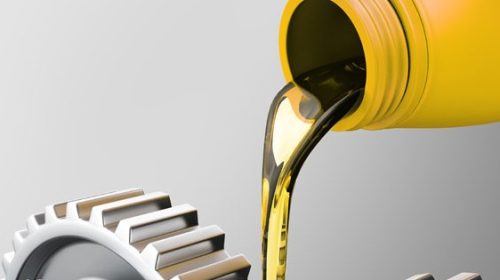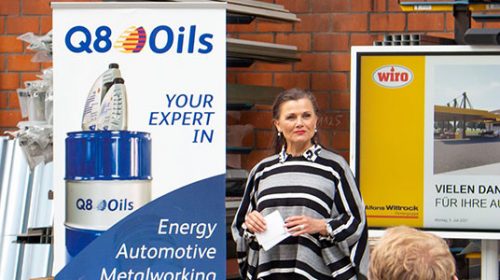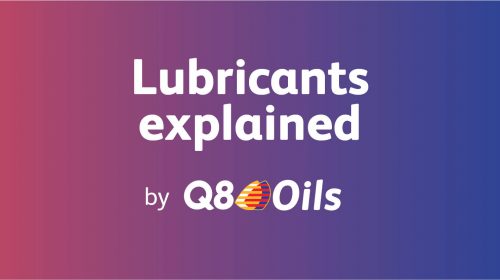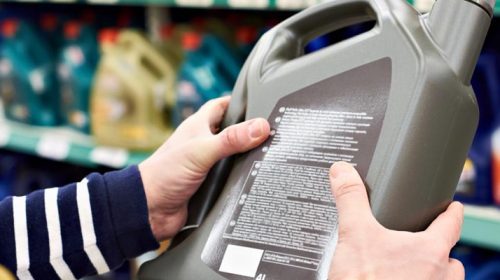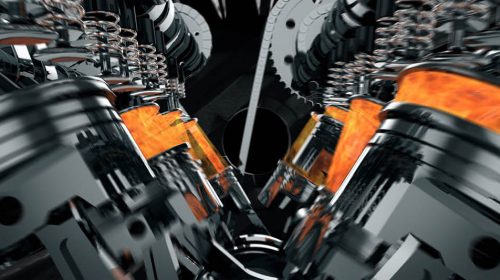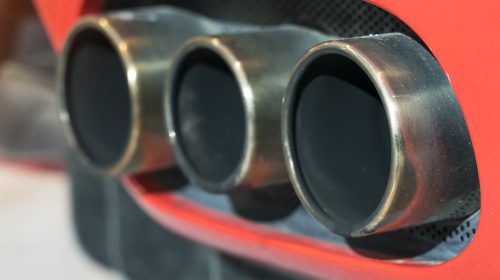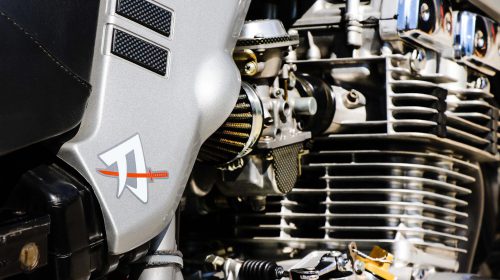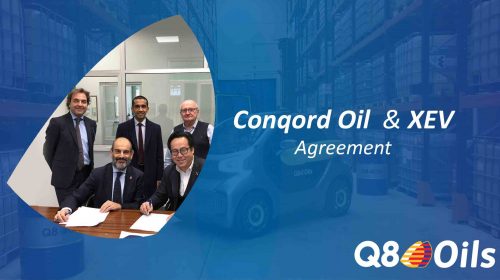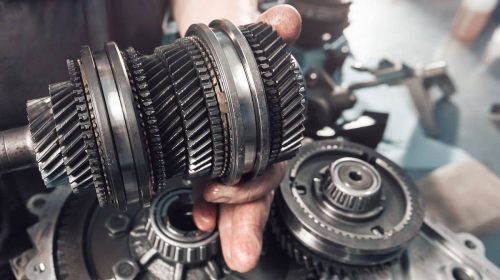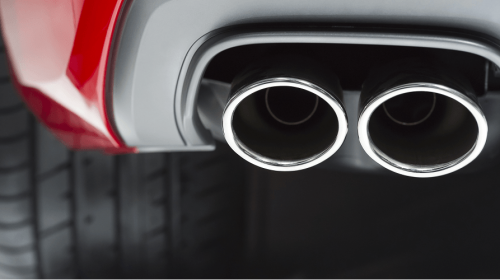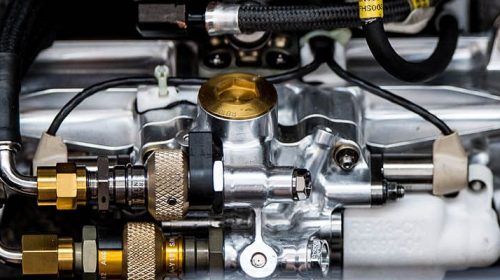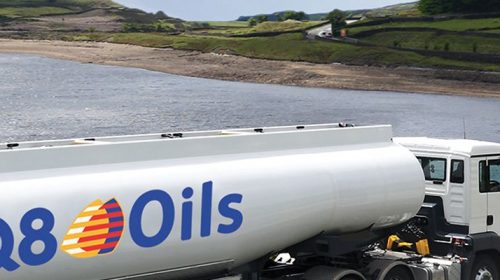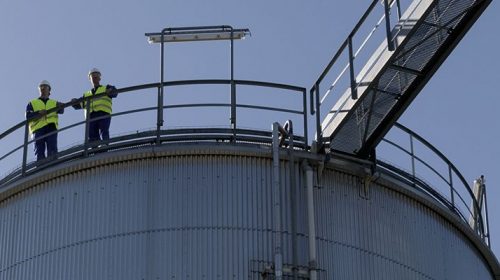Trends and changes within the oil sector are always about fuel economy and the associated viscosity, and can be looked at from following points of view.
1. Engine Durability
When a manufacturer dedicates himself to designing engines, he takes two things into account: the reliability of the whole, and the durability of the engine, which must last a minimum set period of time.
Currently, most work is allocated to durability: manufacturers aim for smaller engines with a long life span; however, the power requirements of engines are increasing. This is the biggest challenge when attempting to deliver a compact and durable end result without compromising power.
2. Emissions Legislation
Emissions legislation is also subject to changes and trends. This makes sense: we must and want to continue to reduce harmful emissions in the future. Therefore, it is important to efficiently design new machines within the meaning of the strict and ever-evolving emissions legislation.
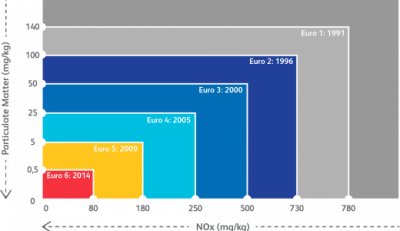
3. Fuel Economy
The global struggle for increasingly efficient fuel economy and reduced greenhouse gases provide OEMs (Original Equipment Manufacturers) with new challenges and measures.
Therefore, Q8Oils believes it is important to develop lubricants that support and strengthen these new technologies. In doing so, it can be demonstrated that improved fuel economy is directly connected with a lower viscosity and HTHS.
Expectations Within the Sector
It is expected that fuel savings trends will continue. This is especially likely if we look at historical evolution. We therefore expect a further reduction in terms of viscosity and HTHS.
In addition, it is also clear that all vehicle manufacturers will have to continue inventing new engines to meet the challenge. This also affects other parts of the sector: for a new engine, there will be a new type of oil, which will bring unknown challenges in its own right.
The one size fits all is a standard that is becoming increasingly outdated, but we are only now really putting this behind us.











